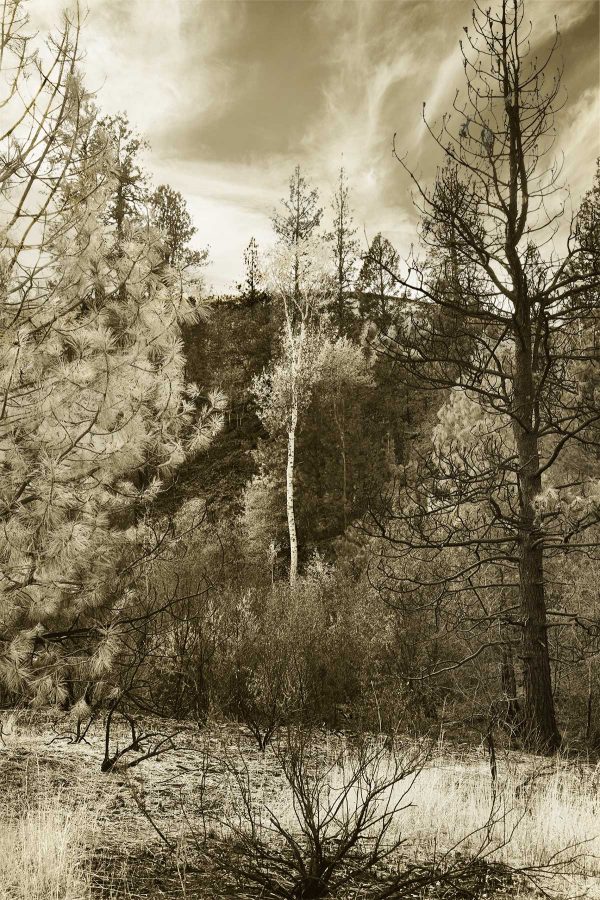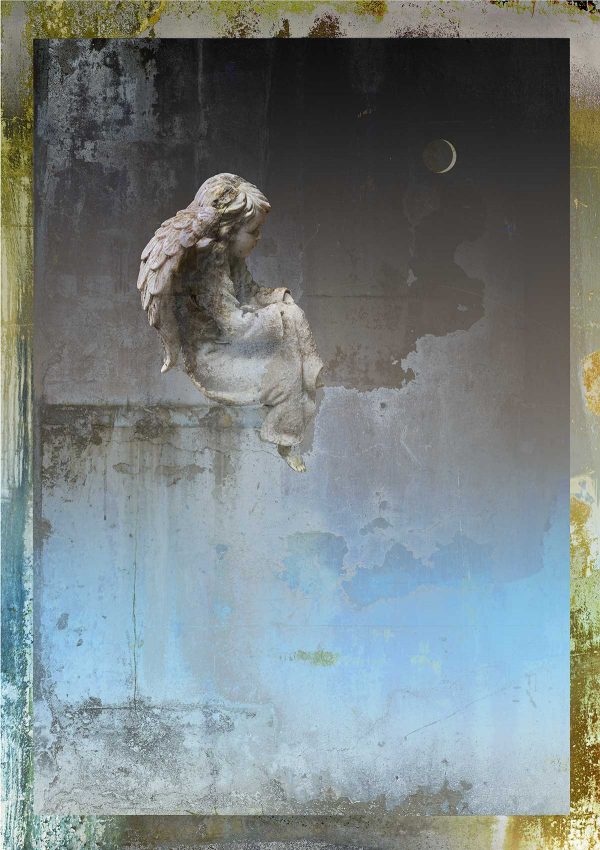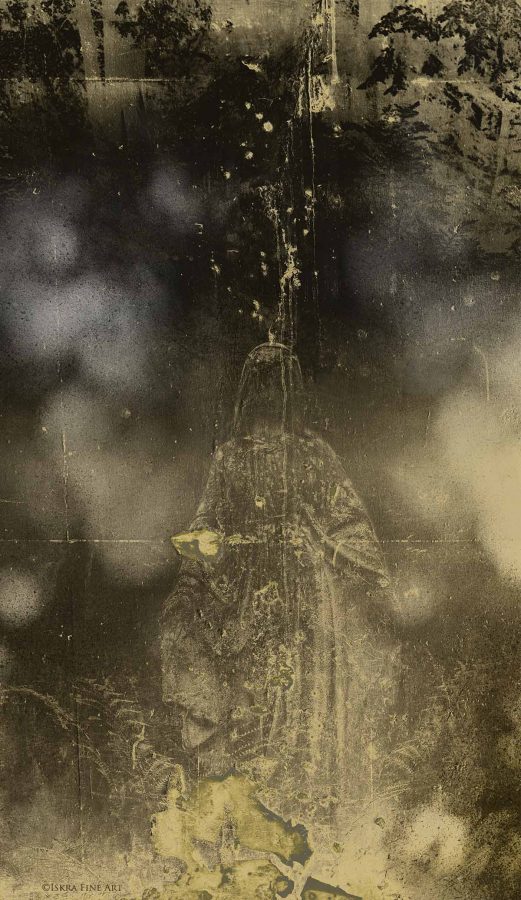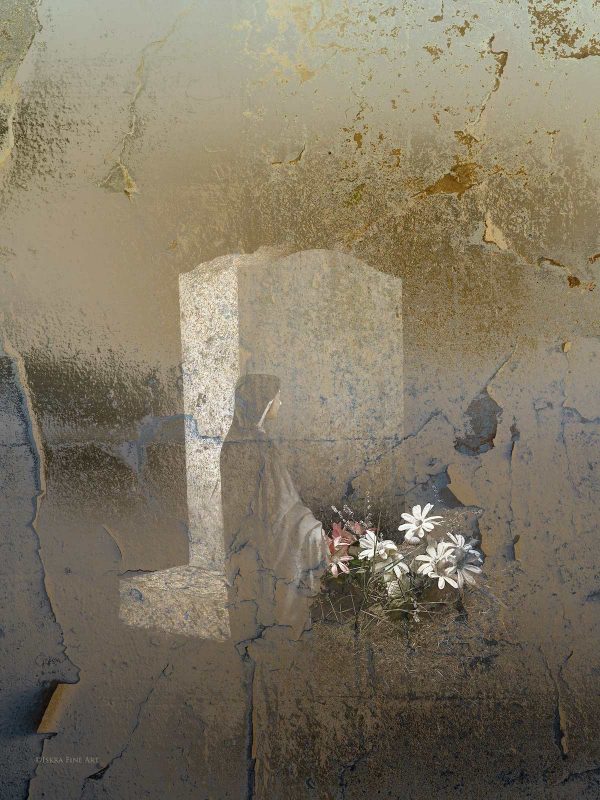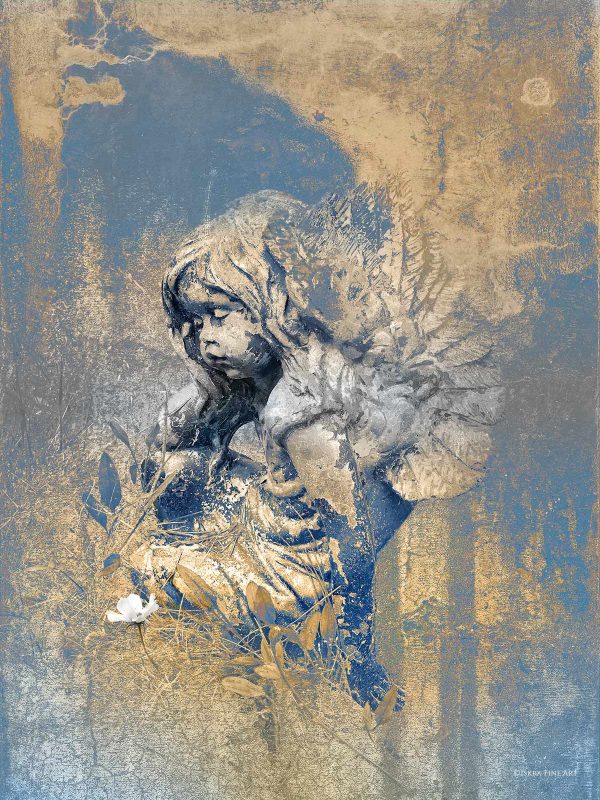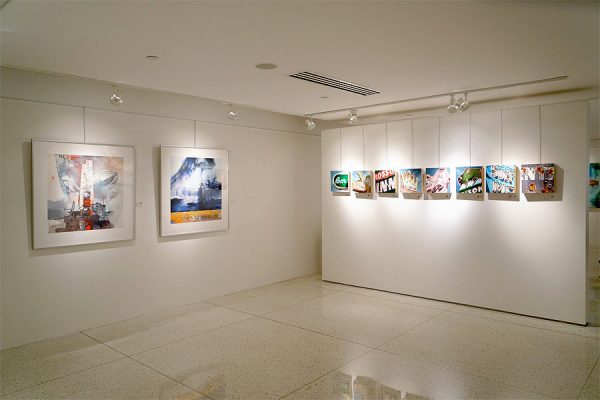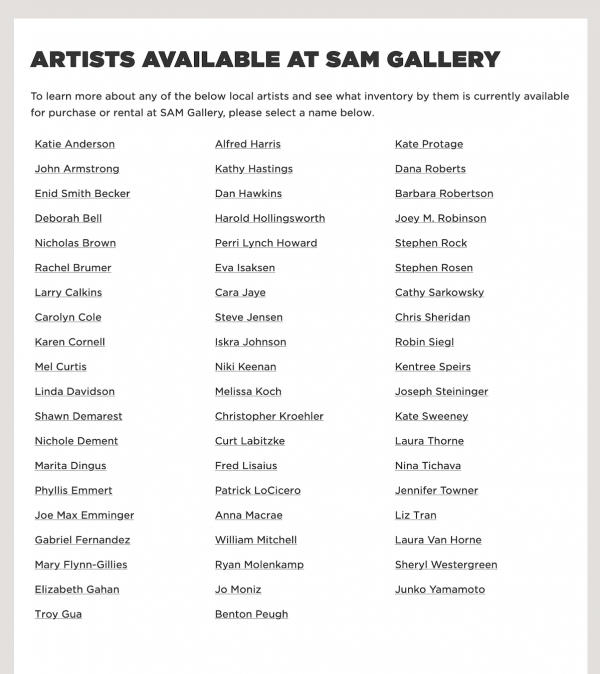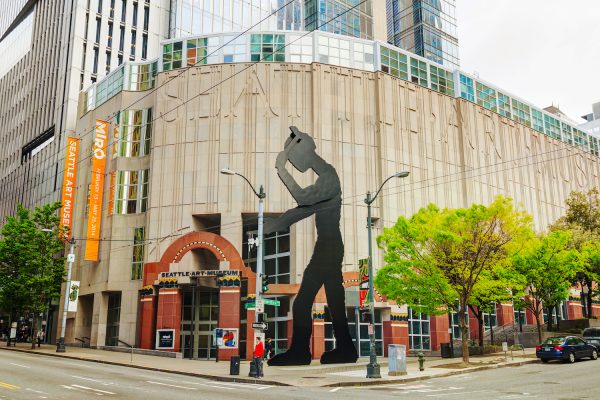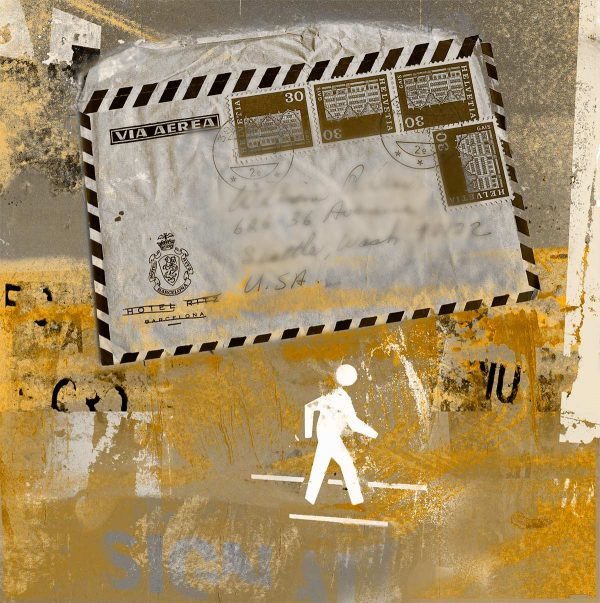
New Directions: Photographs of the Western Landscape
Are there affirmable days or places in our deteriorating world? Are there scenes in life, right now, for which we might conceivably be thankful? Is there a basis for joy or serenity, even if felt only occasionally? Are there grounds now and then for an unironic smile?
– Robert Adams
In October I found myself in the middle of an ocean of grass almost swallowed by basalt. I looked up at the black palisade of stone stacked against sky, a magpie’s wing shadowing the trail ahead, and asked out loud: “Is this a photograph? Should I follow this impulse? Landscape photography isn’t what I really do…..”
There was long pause as my walking companion vanished around a bend. The field caught the slant of afternoon sun like knife blades, each edge of grass etched against stone. The moment seemed to command me to see and record in a way I was not accustomed to – not with the collage artist’s eye for disassemblage, but as a witness to the exact 1/60th of a second in front of me. I raised my camera and started shooting, unsure of why, but thinking maybe I’d figure it out before the sun set.
Although I have been obsessed with cameras and photography for much of my life, I have never considered myself a traditional “photographer.” Rather, I have seen the camera as way to inquire and to be present in place. The images made have always been secondary to the experience that looking through a lens affords. The technology of f-stops and aperture and ASA, the confounding dials with microscopic lines between here and my destination, and the chance, in analog days, of a precious 36 exposures tripping on a sprocket, all seemed to require a full time German in residence, and I am much more Irish. I have always been immune to systems, and I suffer from profound dyslexia when it comes to math. Someone asked me recently if this new series of landscape photographs was made using the “zone system” and I had to check my voluminous and completely disorganized notes – oh yes, that. My process is intuitive, and overlays multiple systems based on the aesthetics of printmaking and drawing.
In making photographic prints I am looking for luminance and iconic form, and a sense in the body of being there. Are there ten shades of gray from white to black – who cares? Does it feel and look like memory and the way the air moved? Can I smell the smoke in the air, or the sage, or hear the sound basalt makes as it cools down between late afternoon and evening?

